There are many different types of modeling based on methods and techniques. However, in this article, we will discover three main types of 3D modeling: solid modeling, wireframe modeling, and surface modeling.
Don’t hesitate to scroll down to learn more.
Three main types of 3D modeling

There are 3 main types of 3D modeling, including Solid Modeling, Wireframe Modeling, and Surface Modeling. Continue the reading for more:
Solid Modeling
What is solid modeling?
Solid modeling is a 3D digital representation of an object with simple shapes such as spheres, cubes, and n-sided prisms. “Solid” is the whole model, not just the surface. Therefore, the object cannot be hollow. Also, solid models derive from 3D shapes. Diverse projects may employ methods.
How does solid modeling work?
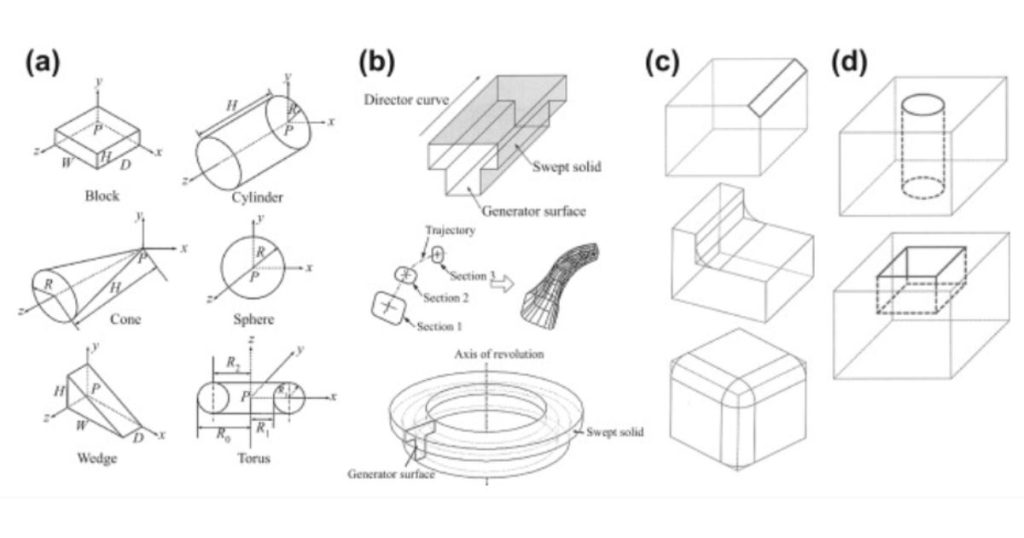
The basic technique is relatively simple in theory. First, users can receive a proper cutaway because the CAD has to simulate the object inside-out. On the other hand, a solid model needs considerable computing power and is extremely difficult to master.
It is necessary to reveal the mechanical properties of particular things like an engine or its components. Finally, solid models must allow for visualization and animation of an object’s inner workings or moving parts.
If not, they are obscured under the surface and hidden from plain sight during the actual applications.
Besides, you can know that CAD programs use different procedures to build solid models. For example, some add solid objects and placement to produce complex figures. In contrast, others extrude shapes from 2D sketches to construct 3D assets.
Certain angles and dimensions are essential to building realistic visualization. After all, solid models most often come from primitive shapes. They are cubes, cylinders, prisms, spheres, and cones. The process can begin with multiple three-dimensional figures.
That will give you leave to create every conceivable object. That includes machines and mechanical elements, fantastical items, and some natural things.
What are the advantages and disadvantages of using solid modeling?
| Advantages | Disadvantages |
| – The last object is usually mathematically suitable, meaning the 3D model can always fabricate in the real world. – There is no myriad of triangles for drawing in sizable detail. Computational requirements can be lower, but they will increase with more complex objects. – Extensive training is only sometimes necessary, thanks to user-friendly tools. However, anybody with an engineering background could know how to generate the objects in the software. | – No matter how advanced the software is, a solid model rarely represents organic shapes in a naturally realistic fashion. That is because of their physical imperfections and irregularities. |
Wireframe Modeling
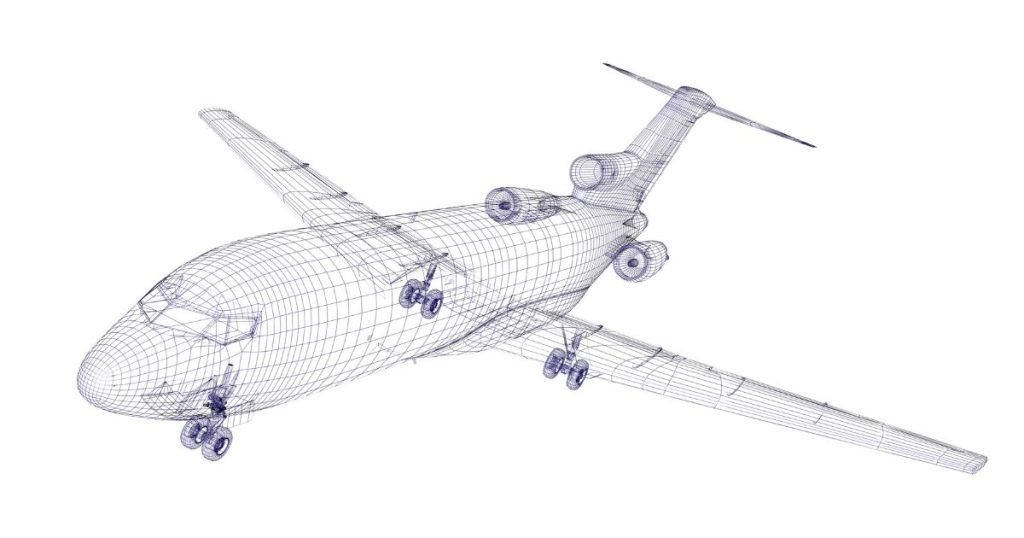
What is wireframe modeling?
Wireframe modeling is one of three effective types of 3D modeling. If the object features more complicated curves, you can choose wireframe modeling.
Sometimes, you need help modifying the basic building blocks of solid modeling basic shapes into the desired configuration and dimension. At this time, wireframe modeling helps you to have a smoother transition between curved edges in intricate objects.
How does wireframe modeling work?
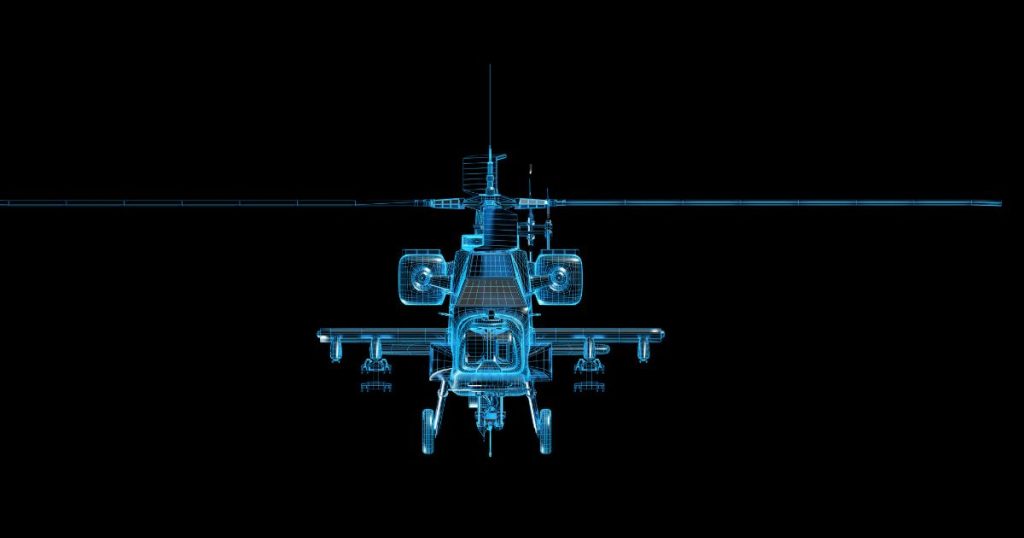
By manipulating basic shapes such as cubes and spheres, many objects are primarily hard to draw in 3D with realistic quality, in case using sophisticated computers. On the other hand, there are more complex properties of organic shapes of people, animals, plants, and other objects.
Therefore, wireframe models come in handy when a solid model presents difficulty achieving realism. In this sense, a wireframe is more modern and recently developed than solid modeling.
The use of wireframe modeling in CAD originates from two significant sides. Firstly, a computer representation of an object related to the model structure and the computational procedures to manipulate term visualization.
Secondly, wireframe structures contain only two types of information. Also, the geometric data concerning the coordinate positions of connecting points in the 3D model and the topological data translate related issues as edges.
What are the advantages and disadvantages of using wireframe modeling?
| Advantages | Disadvantages |
| That is the ability to create more complicated curves and surfaces than solid modeling. The only clear lines are the intersection of surfaces, not every vertex in the last model. The model holds enough information to transform it into a solid model. | It would help if you defined the volume of the object. You cannot remove lines unless hidden from view in the actual world. It is challenging to interpret because of the myriad of intersecting lines. |
Surface Modeling
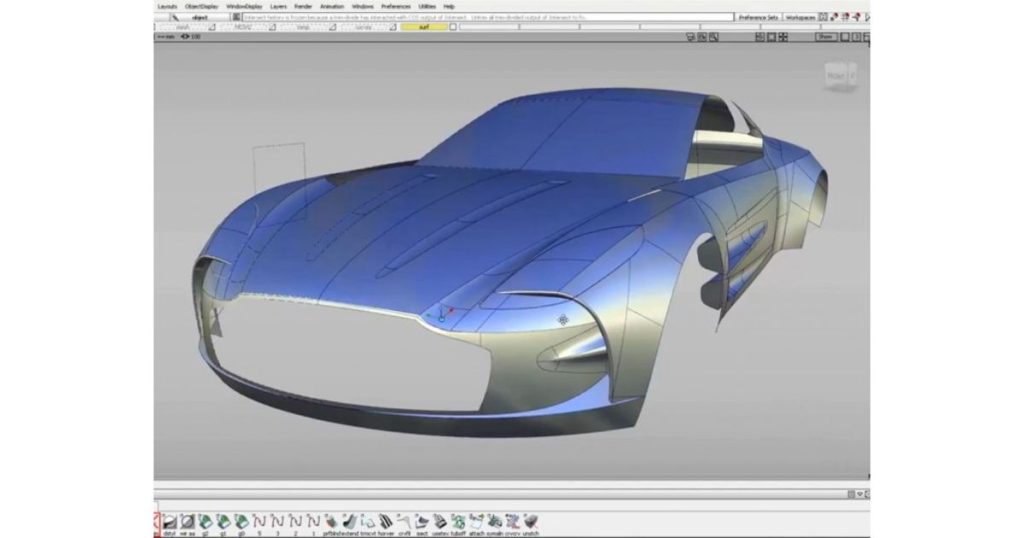
What is surface modeling?
It is another modeling type that comes under CAD. It proves a higher step when handling the complexity of shapes. Besides, you better have upgraded computational power to operate the right software for building a surface model requiring seamless integration among the edges and a good transition from one vertex to the next.
Therefore, surface modeling is more necessary than the previous two. That is because it has all the potential to make just about every shape that would be too hard for you to attain with solid or wireframe methods.
It is better to showcase an object in 3D as its way to being visible in the real world. That is also the final purpose of a surface model. Besides, it is unnecessary to have cutaways and existing networks of vertices.
Moreover, surface modeling is the latest 3D modeling technique. Therefore, it is easier to achieve this modeling than a solid. However, it is more complex than a wireframe.
How does surface modeling work?
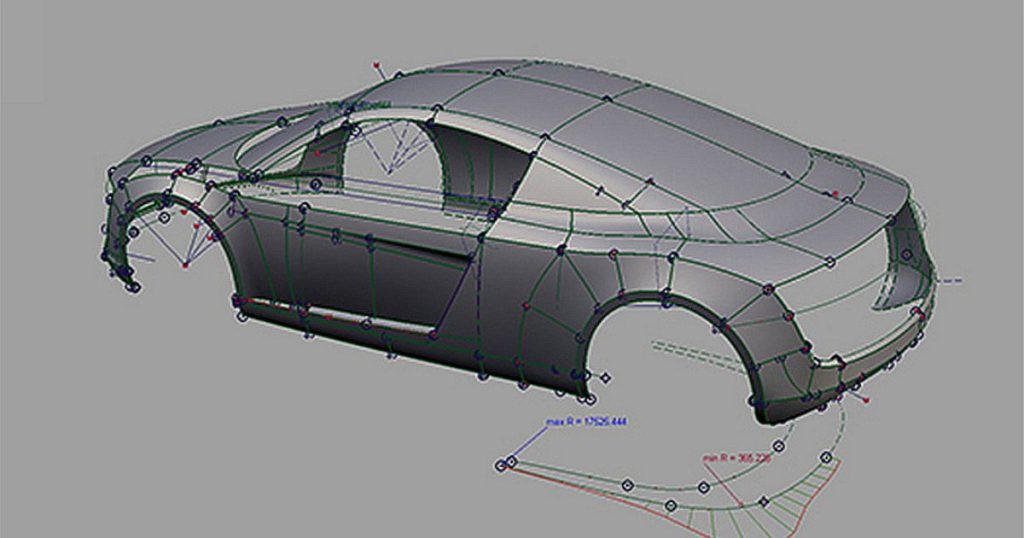
Surface modeling depends on an object’s positioning and curvature. It also relies on your way of validating imperfections and applying smoothness across the photo. The CAD software also handles the challenging mission of considering seamless connections between the guiding lines.
For instance, if you desire to build a great sphere, the CAD first requires an input indicating the frame structure of the surface. After that, the program will cover or replace the frames with smooth surfaces.
Also, the process imitates building a car body in which engineers establish the assisting structure and then wrap it with a conforming metal enclosure.
Guiding lines are one of many options for achieving a good surface model. For example, some CAD software may utilize tangent planes or control points to form the surface shape.
In addition, you can consider that the visual representation of surfaces can include geometry that cannot exist in the actual world (also known as non-manifold geometry).
Because they don’t exist, you cannot turn them into physical objects. If the model is an object for people to fabricate, it is essential to confirm if it is possible to produce.
What are the advantages and disadvantages of using surface modeling?
| Advantages | Disadvantages |
| Complex surfaces are easily attainable. They’re favorable, with the primary objective being aesthetics. | Extensive training is necessary.It requires more modern programs and higher computational power. |
Read more: how to learn 3d modeling?
Some other types of 3D modeling
Primitive Modeling
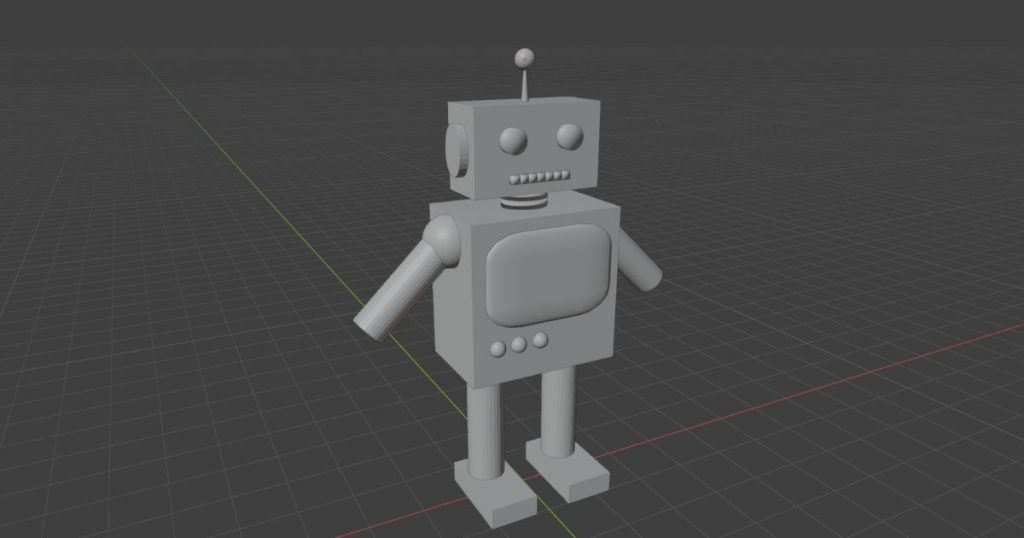
Primitive modeling mainly uses spheres, cubes, and other variations to make the desired shapes. People called this 3D modeling primitive. It is the primary form of 3D modeling, primarily developed by combining different pre-existing shapes.
Boolean operators are some of the most popular ways of building 3D surfaces and shapes. This modeling generally utilizes essential Boolean processors to have suitable shapes and outlines. Besides, designers can combine two various shapes or subtract one shape from another to make a new object.
Polygonal Modeling
When using the polygonal modeling technique, designers usually create a wire mesh in the desired shape. It works with X, Y, and Z coordinates to describe different shapes and surfaces. After that, it combines the other surfaces into one giant form or model.
Related article: 3d modeling vs rendering
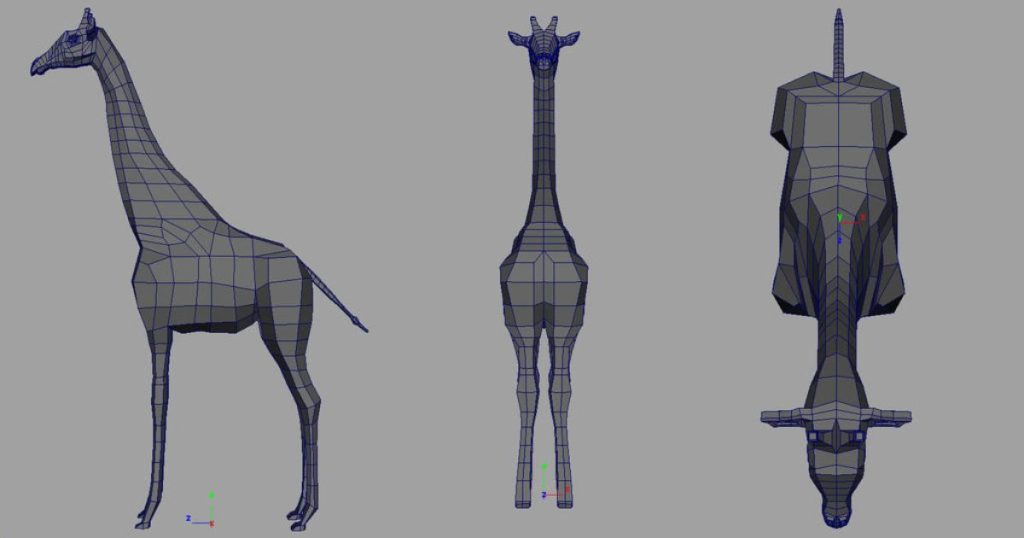
Unfortunately, that requires an excellent working knowledge of the polygonal mesh theory. Hence, this modeling type may need to be simplified for beginners. The most general use of this 3D modeling type is scanline rendering, which reviews each model row to generate an overall shape.
FAQs
What are the types of 3D modeling?
There are many types of 3D models from computer-aided design (CAD). However, most of the types fall under these three in our article.
What are three ways to create 3D models?
Three ways to make 3D models to create 3D models manually, algorithmically, or by scanning with a collection of points and other information.
What are 3D modeling techniques?
Modeling techniques rely on the use of algorithms. They are sequences of instructions for solving specific issues.
What is basic 3D modeling?
Basic 3D models are created mainly from simple shapes like cubes, rectangles, and triangles. Then you can modify these shapes into complex, high-polygon designs.
Conclusion
In general, solid modeling, wireframe modeling, and surface modeling are the 3 main types we have mentioned above with all details in the article. If you still have any questions, contact us for more information!

Related Posts: